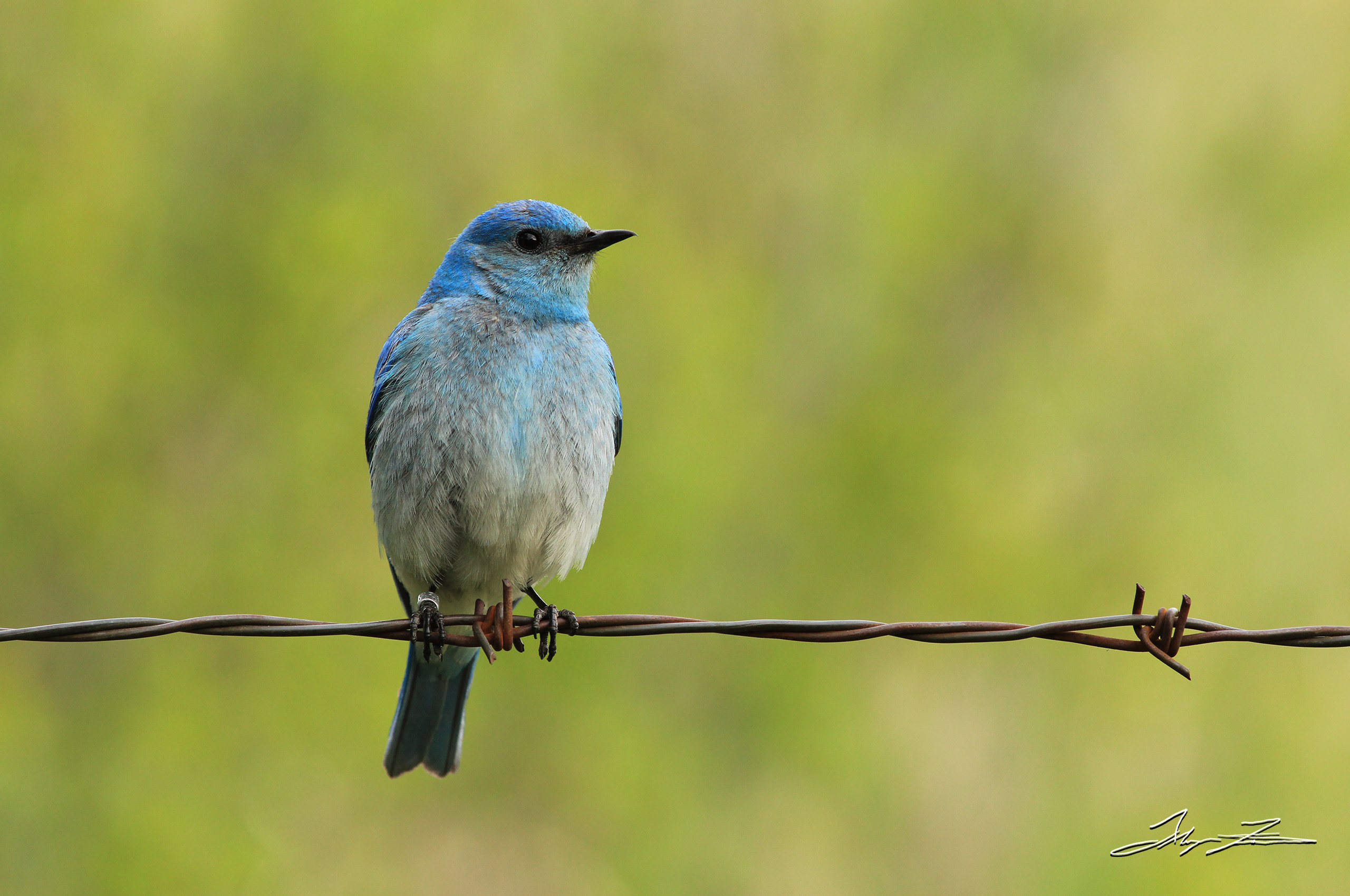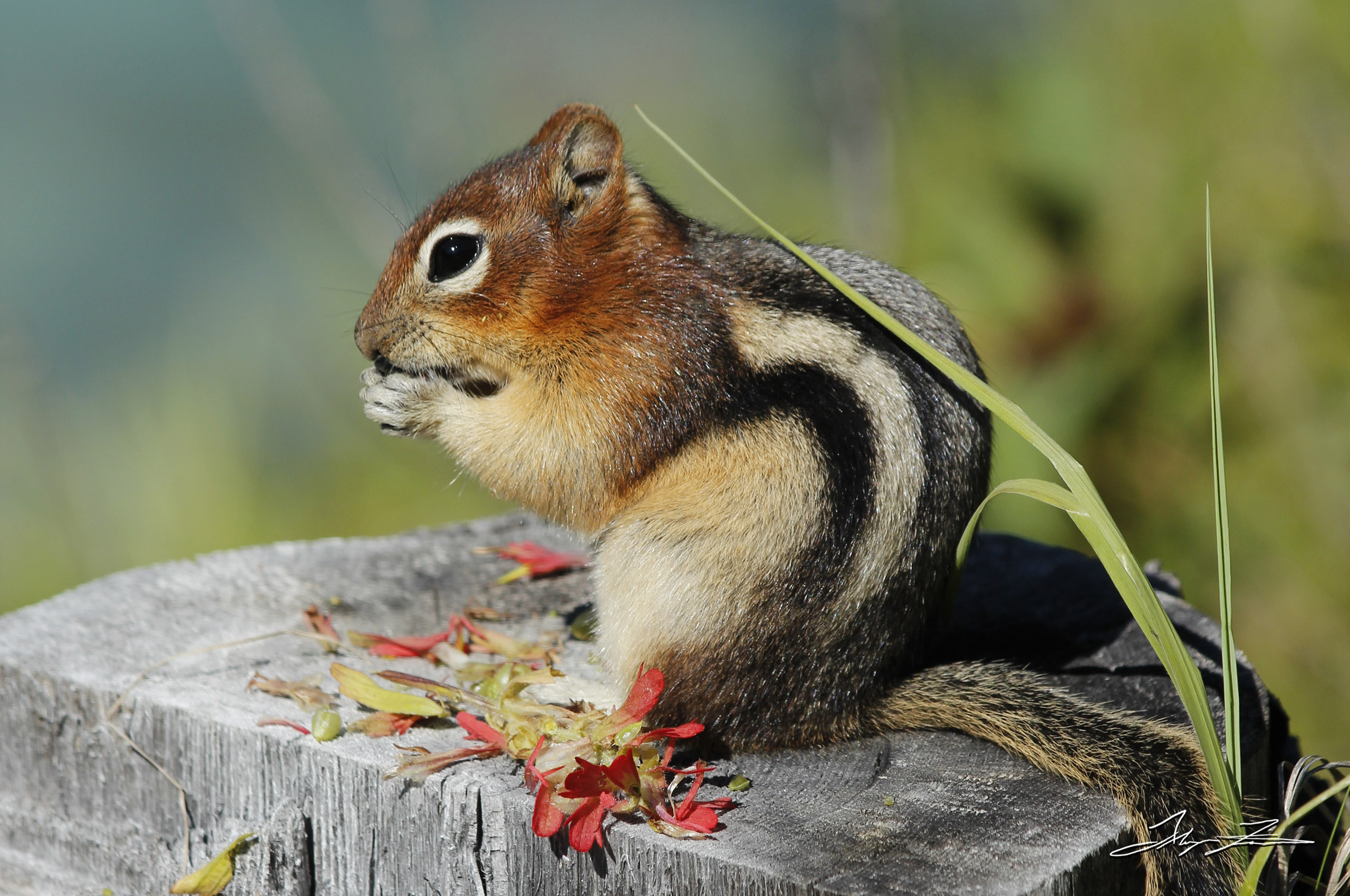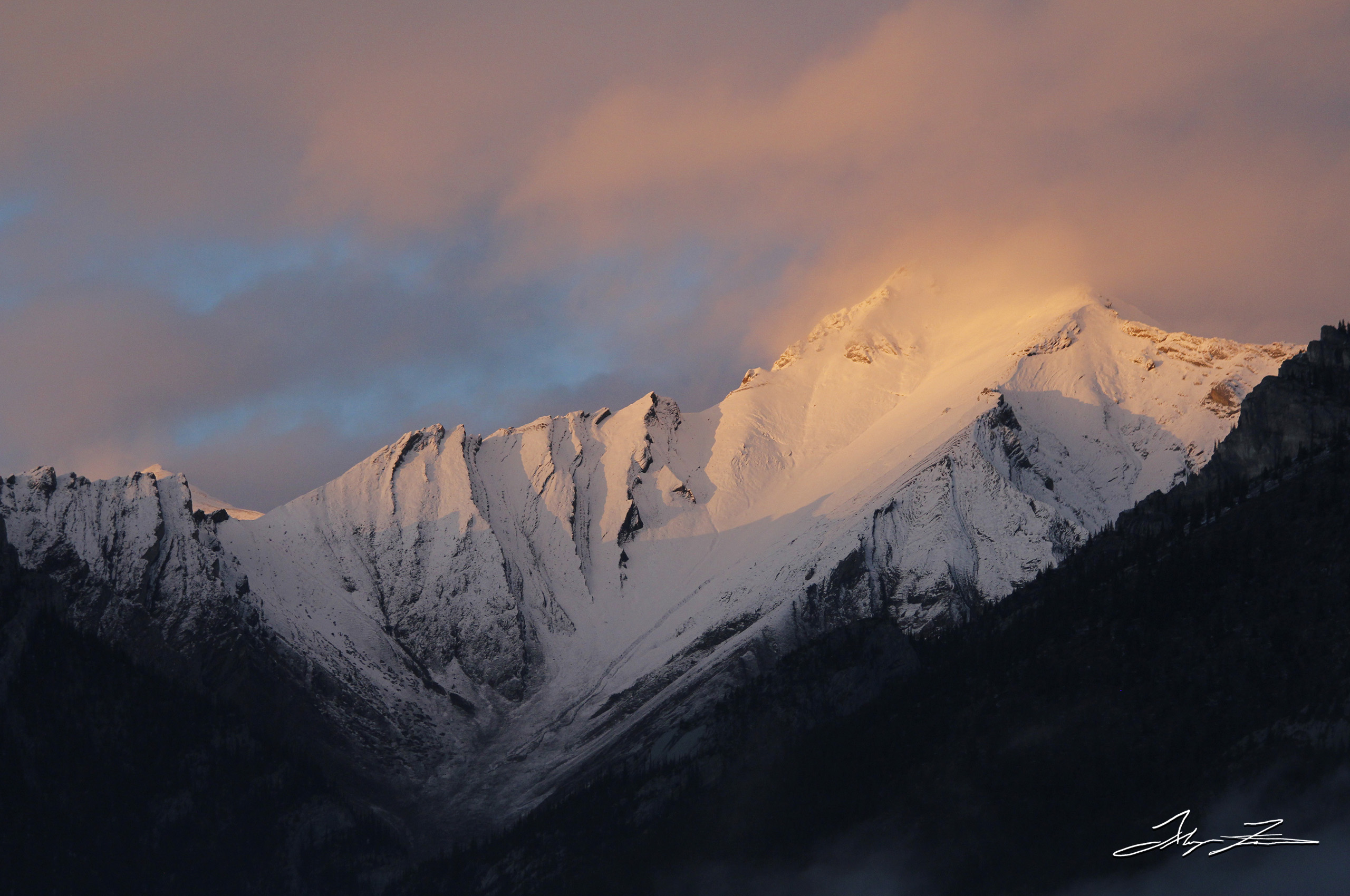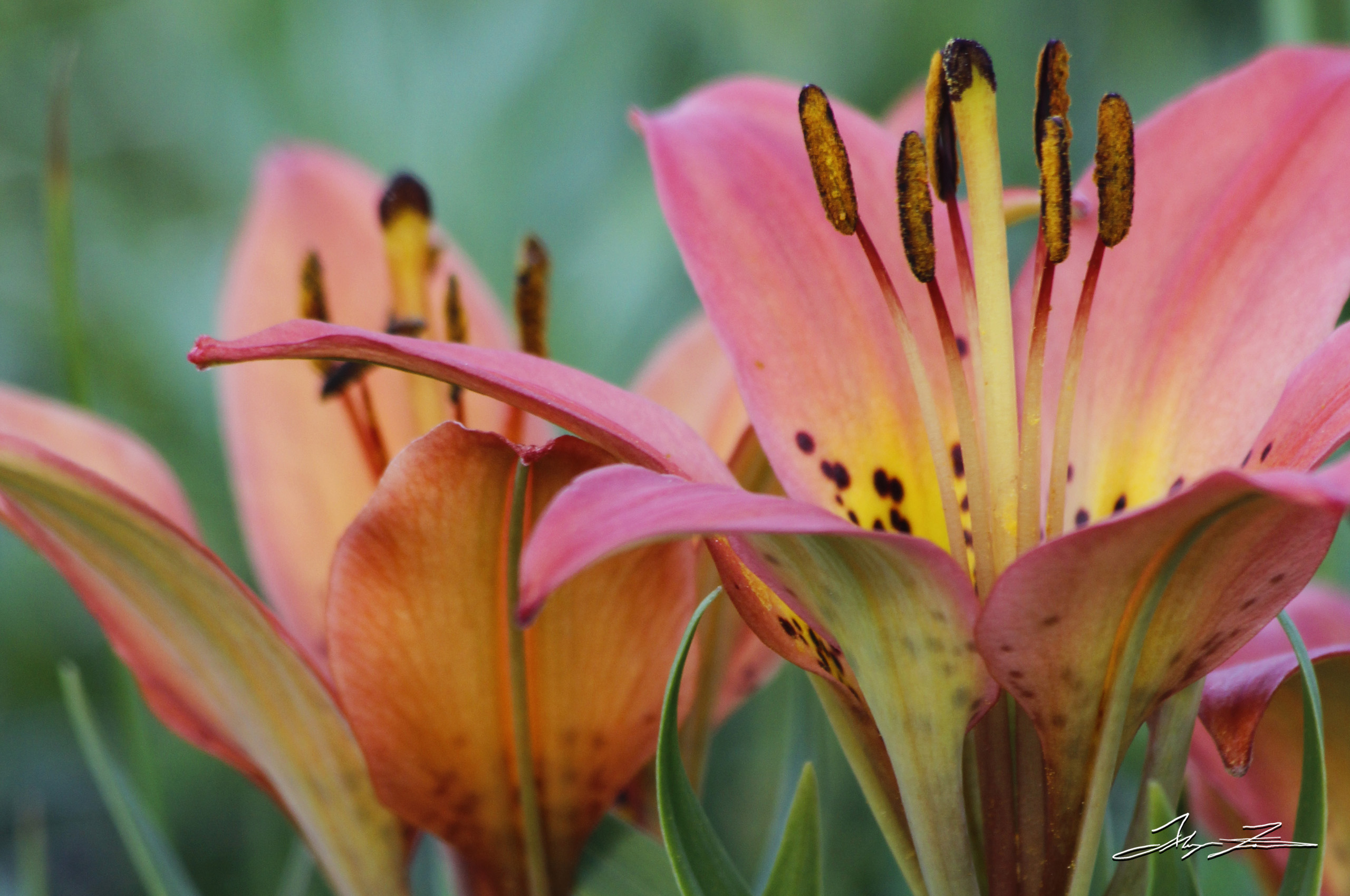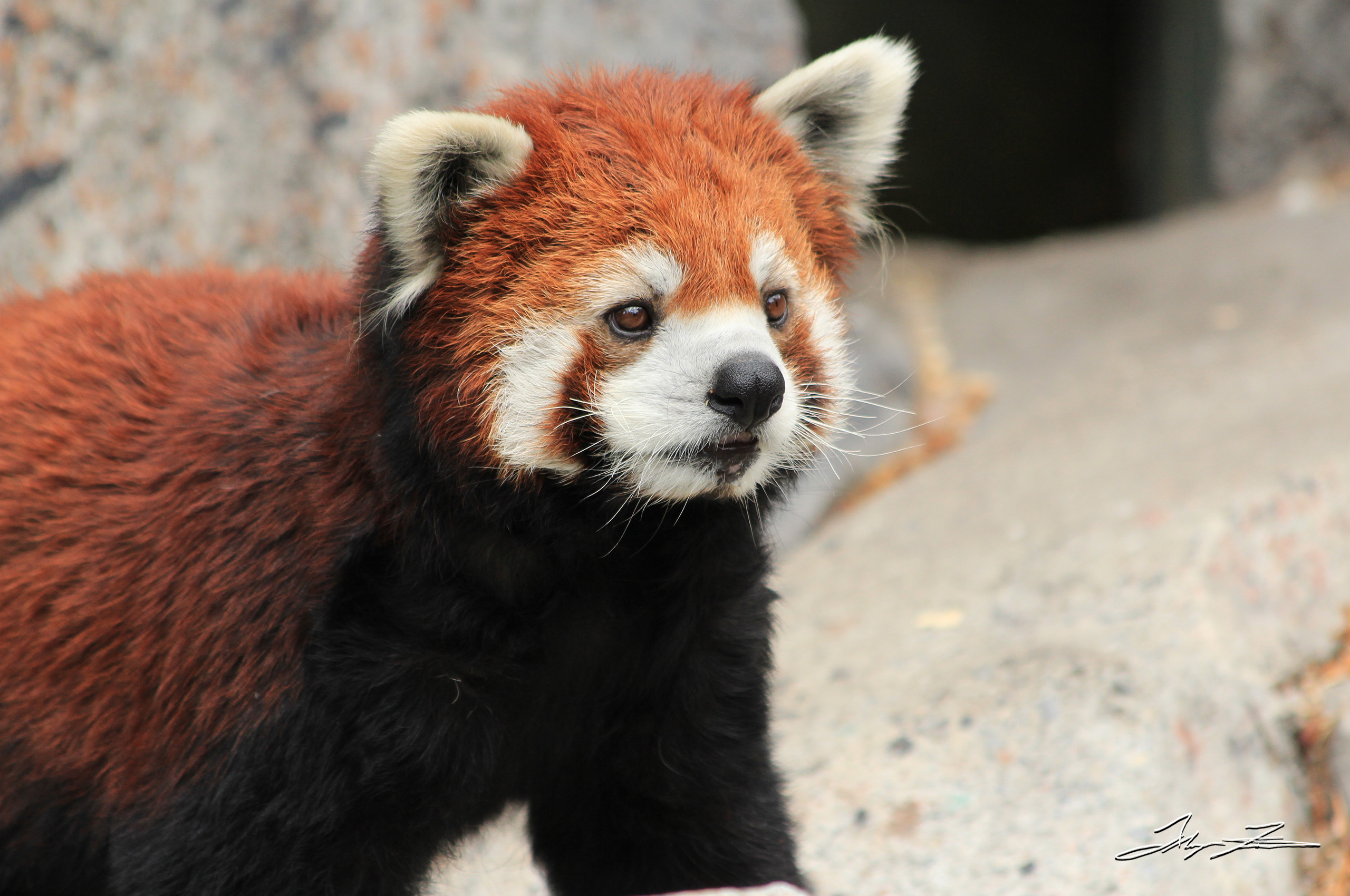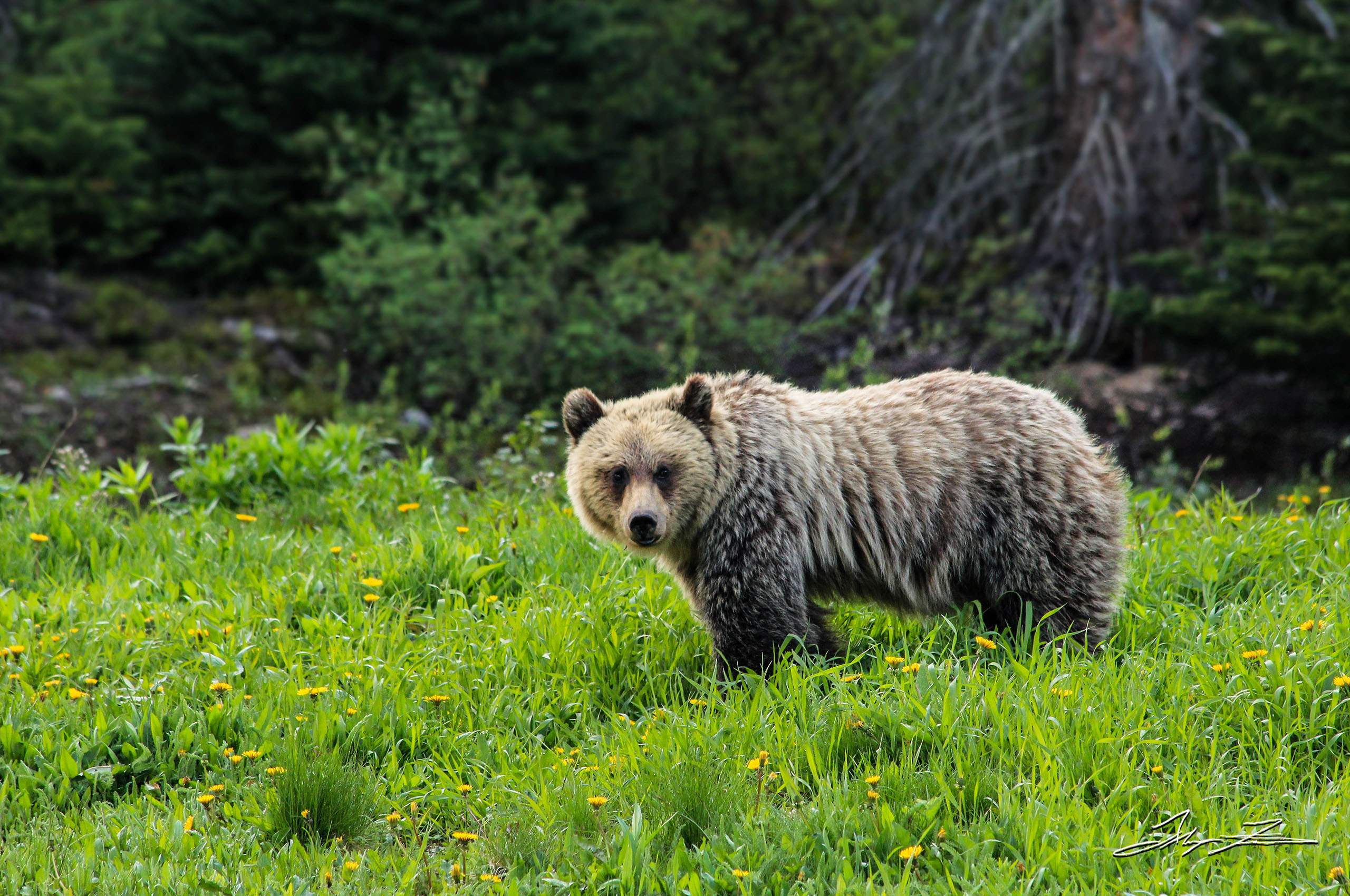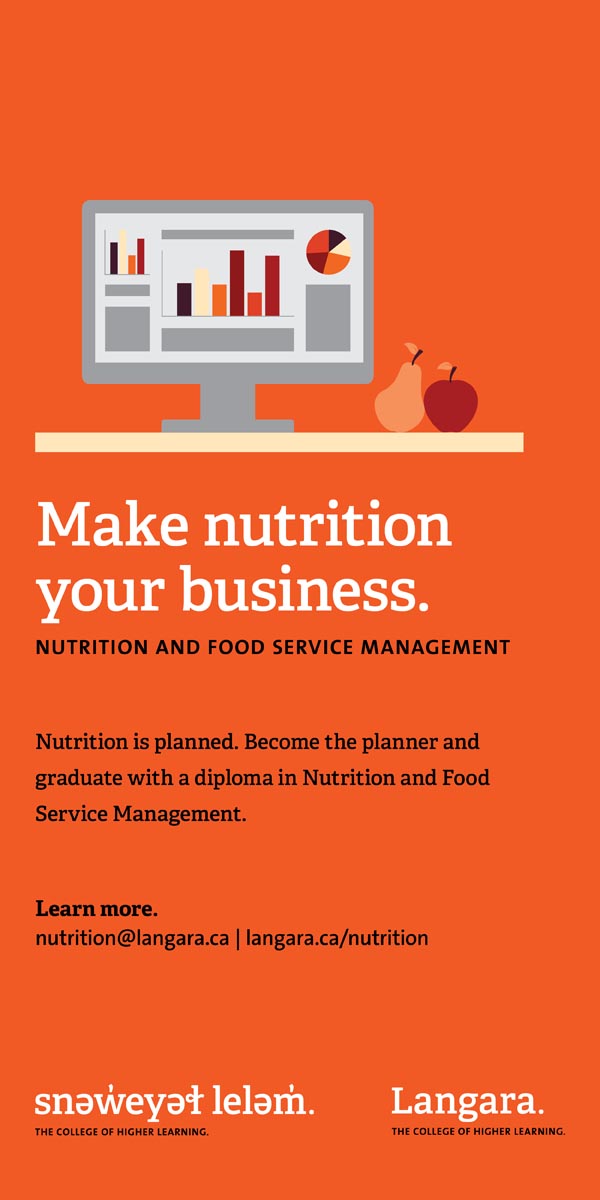Meet Alayna Fairman. Not only does she excel at editing, production, and web development, she is also a skilled photographer! The beauty of nature doesn’t escape her eye, as she captures both the magnificence and delicacy of wildlife with her lens. Here, we talk about her experiences with photography.
Question: What was your first experience with photography?
A: I’ve always played around with a camera, which is more common nowadays, now that everyone has phones. But this was before phones! After graduating from university, I went to Britain and took a lot of photos there with a tiny point-and-shoot camera—not a very good camera by today’s standards. When I came back to Canada and I looked through them, I thought, “Hey, maybe I could do something with this!” My relatives were quite into photography, so that interested me as well. Then I decided to buckle down and buy a camera and a lens, and that’s how everything started.
Q: Where did you take the bluebird and other photos we see on Instagram?
A: The bluebird images are some of my favourites! I took them right after I got my 70-300 telephoto lens*, which I now know it isn’t great for wildlife photos because you can’t get too close to animals. But it was my first telephoto lens, so it was really exciting. I went out for a drive in the foothills of Alberta. It was sometime in the spring, and bluebirds and barn swallows were out nesting. I got those shots without knowing how to work my camera, which is one of the reasons I love them. After taking some photography courses, I think there’s an element of overthinking that damages that natural intuition with the camera. I have a hard time getting those shots now!
Q: What kind of photos do you like to take?
A: I like pretty much anything in nature! Get me out in nature; I’ll take my camera. I really enjoy that. My favourite is wildlife, but it’s also the most difficult, and the one I’m not equipped for properly. To do wildlife photography properly, maintain safe distances, and not interfere with the animals, you have to have a much longer lens than the one I have. Birds are one thing, but when you start shooting other wildlife, you need to be a good distance away. I also like macro photography, which is close-up, detailed shots, like blown-up pictures of bugs or flowers. That can be a little finicky, because you are focusing on such a close level, and there’s a lot of camera shake and angle distance.
Q: Any styles you admire or any influences?
A: Photographers like John E. Marriott or Jason Leo Bantle—he’s based out of Canmore—; Paul Zizka, who’s in Banf, Alberta; Jess Findlay—he’s a Vancouver photographer, who’s very, very good—; and also Viktoria North (aka North Birch Grove). Landscape and wildlife photographers who care about what they shoot, are passionate about how they shoot, and do it right. Not just using whatever practices they can to get the images.
Q: Has the DPUB program changed your perception of images?
The program made me think more about composition and what I include in my photos. I think, subconsciously, the principles of design will affect how I frame and position things. And definitely I’m looking forward to being able to properly edit my photos! That’s something I’ve only played around with in the past: brightness, contrast, and trying to make your photos look like what you shot. Your camera can never pick up what you shoot, and then your computer screen shows something completely different too! I’m looking forward to going back to my photos and looking for editing possibility, because I discarded a lot of my images as not being “high quality” enough, and now that I know how to look for quality and sharpness, it’ll help. And getting a proper website up as well, now that I know how to do that!
Q: Anything to add for new photographers?
A: Even though I talk about equipment—I use a Canon Rebel T3i—, you can shoot a great photo with any instrument you have. It’s more about skill and eye, and the rest of it you can learn.
*For the geeky ones out there, it’s a Canon EF 70-300mm f/4-5.6 IS USM.





